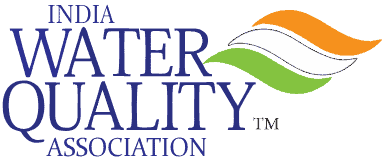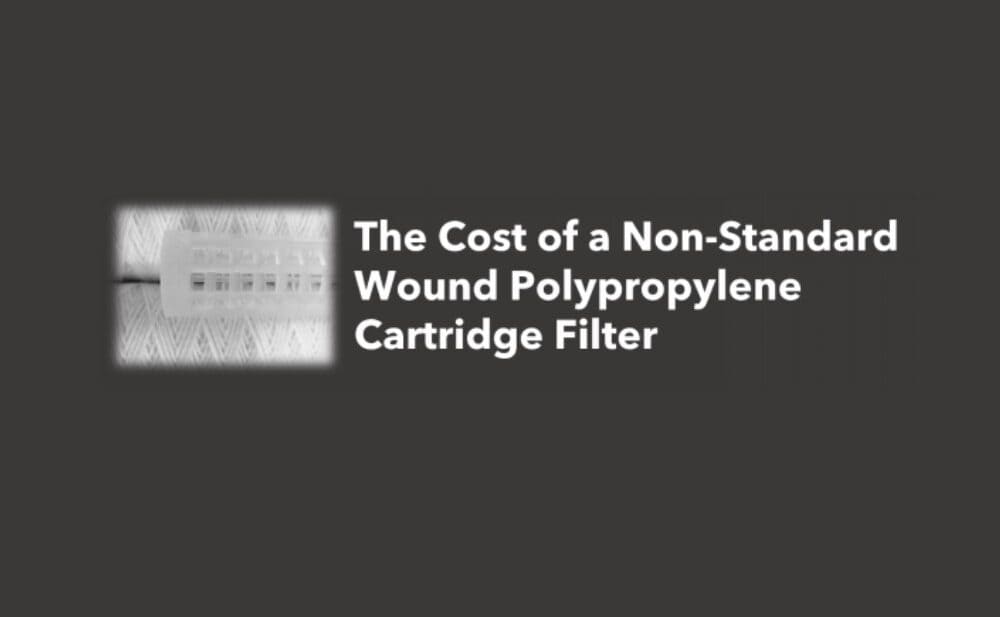What is a Wound Polypropylene Filter Cartridge?

They work on the “Depth Filtration Technology”

International Standard Dimensions of the Wound PP Cartridge Filter
| Outer Diameter | 63mm (2.5”) |
| Inner Diameter | 27mm / 28mm (1.1”) |
| Lengths | 254mm (10”) / 508mm (20”) / 762mm (30”) / 1016mm (40”) |
Non-Standard / Low Quality Cartridge in Terms of Dimensions

Non-Standard / Low Quality Cartridge in Terms of Weight

The non-standard cartridge has been produced using lesser pp yarn. This is compensated by using a heavier supporting core. The weight of the finished cartridge is thus maintained to manipulate the sale. The non-standard cartridge is offered in the market at a lower price than a standard cartridge whilst confirming that the weight of the cartridge is same as the standard cartridge. As explained earlier the flow rate and the dirt holding capacity of such cartridges will be lower. It would reach its change over pressure drop levels much faster.
Recycled PP is heavier in weight compared to virgin grade PP. Using recycled PP in both the yarn and core of the cartridge can also increase the weight, whilst reducing the product cost. A heavier weight cartridge can create a misconception of being a superior cartridge as it uses more PP. However using the recycled PP does not increase the depth holding capacity in any manner. Moreover it is harmful for drinking water, pharmaceutical, food and beverage industry.
Non-Standard / Low Quality Cartridge in Terms of Micron Rating
A user selects a cartridge of a certain porosity to address the needs of their application – drinking, product processing, machinery requirement, process requirement etc. Ethics would demand that a supplier provides a cartridge, rated to the micron rating as required by the user. For eg, if a user needs a cartridge rated to 1 micron porosity, the supplier needs to give a 1 micron cartridge and not a 5 micron cartridge. Using a higher porosity might affect the process greatly.
As explainer earlier, the wound pp cartridge can be made in different porosities by machine settings. The lower porosity cartridge could have the yarn strand closer to each other and they would be “tighter” and slightly “heavier”. For a user, it would be very difficult to identify and confirm the porosity of a cartridge by looking at it. The user would need to trust the word of the supplier, the marking on the label if any on the cartridge or a test certificate given by the supplier.
It is quite unfortunate that in many cases, cartridges of the same porosity are labelled with different porosity ratings and made available for sale. The advantages to an unscrupulous manufacturer indulging in such practices would be,
- Mass production of a particular porosity would mean less machine down time and cost saving
- Selling a 10 micron cartridge with a label of 0.5 Mic / 1 Mic / 5 Mic would mean cost savings as the 10 micron cartridge would be slightly lighter in weight requiring lower amount of pp yarn.
- Non availability of accessible and economical testing rigs would mean that the chances of the customer verifying the porosity is very bleak.

